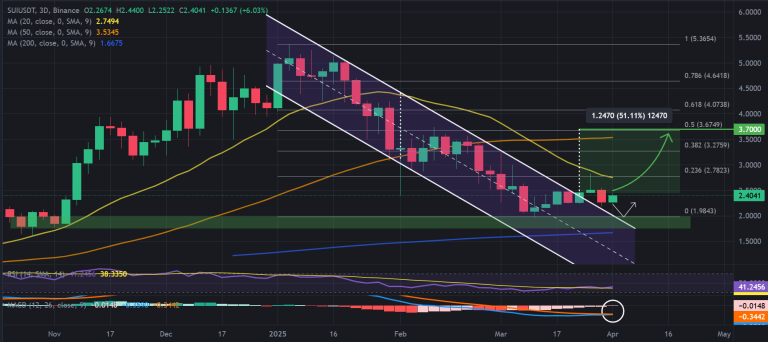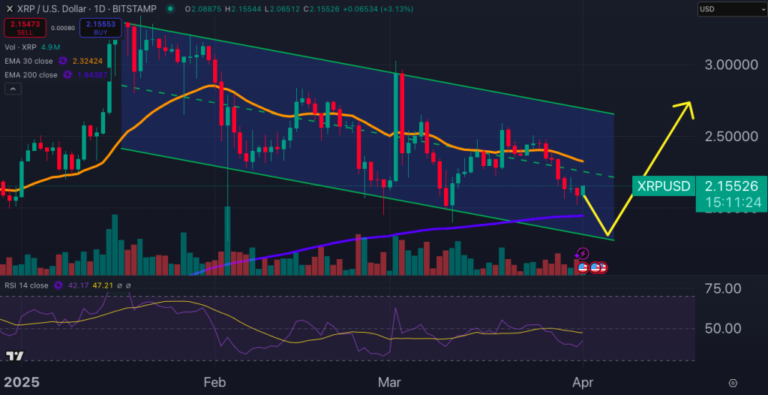
Recent findings suggest there are a staggering 4.8 million ‘lost’ pension pots in the UK, with one in 10 workers fearing they’ve forgotten about a pension worth over £10,000. This oversight often occurs when individuals switch jobs or move house without updating their pension information.
With the average person likely to change jobs around nine times in their career, it’s easy for pensions to slip through the cracks and end up with various providers. Jonathan Watts-Lay, Director at WEALTH at work and a leading expert in financial wellbeing and retirement, pointed out that the main reasons for these ‘missing pots’ are changes in job or address without notifying pension schemes, as reported by the Daily Record.
He added: “It isn’t difficult to track old pensions down, it doesn’t cost anything and could make a big difference to how much income someone has in retirement. Auto Enrolment was brought in in 2012, 12 years ago, so many people will have a pension from employers since then. It is worth anyone who thinks they may have a lost pension to put in a little bit of time to check if one of the 4.8million lost pension pots could be theirs.”
How to track down lost pensions
List of all previous jobs
- Make a list of all previous employers. It might be useful to go back through old paperwork such as payslips, P45s, P60s, CVs and job applications.
Online research
- If contact information isn’t available for an old employer, they can be tracked using the UK Government’s Pension Tracing Service on GOV.UK here.
Previous Employers
- Get in touch with previous employers to find out if they have any details. If they don’t exist anymore contact Companies House here or if a charity, contact the charity register here
Up-to-date statements
- Ask for an up-to-date statement, so the value of the pension is known and the correct paperwork is recorded.
Those who uncover forgotten pots, particularly from different schemes, should seriously consider merging them into one, making pension management simpler and potentially more cost-effective. Nonetheless, those with defined benefit schemes should proceed with caution; it is generally advised to keep these separate, and seeking regulated financial advice is imperative if the transfer value goes above £30,000, which could incur a personal cost.
Jonathan underscored the advantages of pension consolidation with careful consideration, adding: “Bringing all pensions together into one pot isn’t just about making it easier to manage. Different pensions could be invested in very different ways, which may mean someone is taking more or less risk with the investments than they are aware of.”
He further indicated the practicalities: “Consolidating pensions means that it isn’t necessary to check the performance of multiple accounts, it could save money on the fees charged, and also ensures that there is a joined-up investment strategy which matches the amount of risk someone is prepared to take.”
Jonathan, while discussing the consolidation of pensions, warned individuals to remain vigilant: “It is important to check if there are any valuable benefits which would be lost when leaving a provider, for example, some might have guaranteed annuity rates, a protected pension age, or enhanced tax-free cash. It is also important to check if there are exit fees to leave a provider as this may influence your decision.”
He went on to explain the potential advantages such as investment choices and access: “It is important to ensure that the choice of investment options available are right, that it is possible to access the pension in the future in a suitable way, and that the provider gives the pension income flexibility needed.”
To guide those considering pension consolidation, he offered clear steps: “To consolidate pensions, individuals should get in touch with the pension provider chosen to transfer into. This could be a current workplace pension scheme or another private pension arrangement. They will ask for details including the policy numbers and provider names of all the pensions to be consolidated.”
Jonathan continued, underscoring the importance of documentation during the process: “This information will be available on the paperwork and statements. The pension scheme chosen to transfer into will then begin the process of arranging for all pensions to be transferred into one plan.”
Discussing the financial implications, Jonathan remarked: “The costs of this can vary but bringing all pensions together may reduce some charges as some providers charge a lower percentage the more that is invested. Check all charges with the provider chosen to transfer into, including charges for advice, setting up the new scheme, platform charges, dealing and transactional charges (including those to access funds via drawdown) and investment management charges.”
He further explained: “The time it takes to transfer a pension depends on the method different providers use. Some still send paperwork through the post, which can be a lot slower than secure electronic methods.”
He also noted, “Additionally, in November 2021, new measures were put into place to protect pension savers from scams which means that providers are now able to flag or block transfers which show signs of a potential scam. To prevent the transfer being flagged, it is important to ensure that as much information as possible is provided to reassure the provider that leaving is a legitimate transfer.”



















